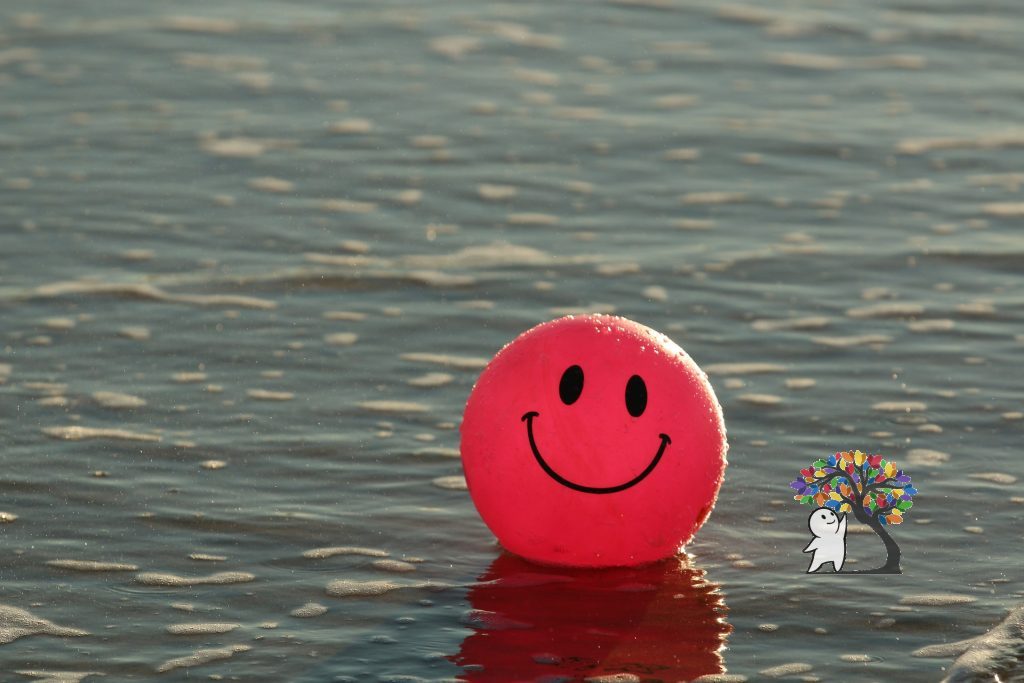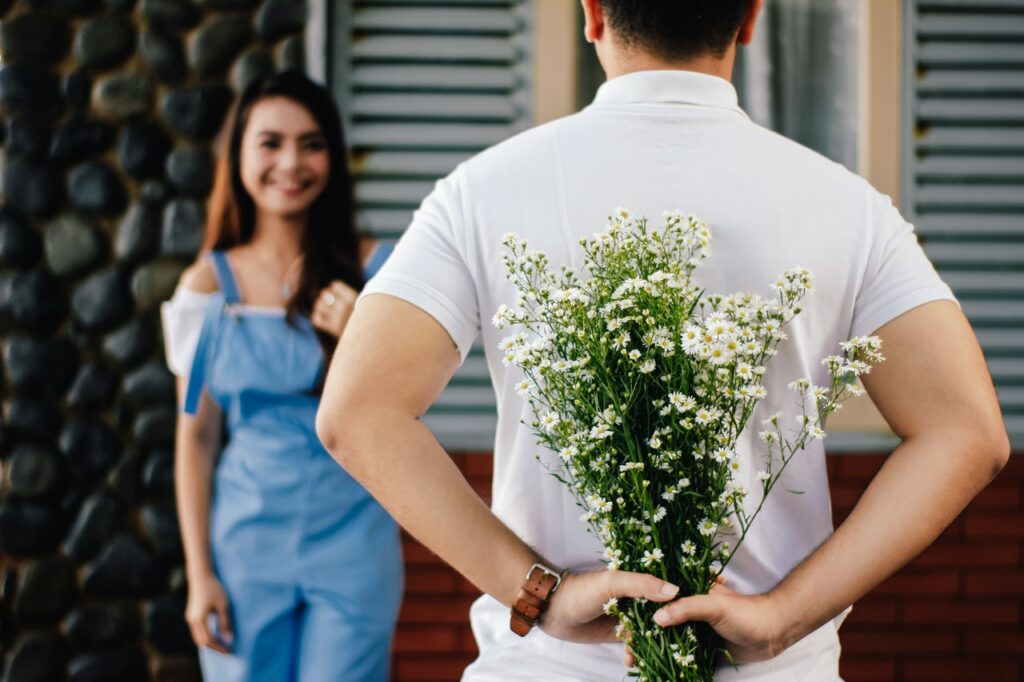Tumblr’s Date With Eating Disorders
The words “perfection” and “beauty” plead for my attention as I skim through my dashboard. I pause, immediately regretting my kill-the-cat type of curiosity. What I see is a black and white photo of an emaciated woman. My stomach churned, as if doing somersaults just to torture me. Despite never suffering from an eating disorder myself, I knew what the picture implied. Somehow I couldn’t stop staring, and I knew I had to share this with someone-anyone.
Tumblr is my home away from home. It’s a place that allows me to cry over fictional characters, look up cheap recipes to fit my very tight budget, and to interact with other people that actually share my interests (it still amazes me how many other people enjoy NBC’s Hannibal, to be honest). It does, however, have its sinister side. I’ve tried to keep myself in the dark, but it’s becoming hard to ignore. And perhaps it should be talked about instead of kept hush hush, anyway.
It’s no lie that eating disorders are deadly. Among the many eating disorders, anorexia, bulimia, and eating disorder not otherwise specified (EDNOS) are among the most popular portrayed on tumblr. Anorexia is categorized by self-restricting type and binging/purging type. We often think of it in terms of self-restricting type, meaning the person barely eats which causes excessive weight loss. The lack of nutrients supplied to the body can lead to things such as brittle bones, hair loss, and even death.
In contrast, bulimia involves episodes of binge eating. Excessive amounts of calories are consumed and then discarded by vomiting. EDNOS means its namesake, meaning that the person can display symptoms that fit into multiple categories.
What they all have in common is intense anxiety over losing weight and distorted body image. Use of laxatives to avoid weight gain and excessive exercising may be present as well.
Many sufferers turn to social media for diet tips, motivation, and to share pictures of their progress. Unfortunately, this only adds fuel to the fire to those that really do have an eating disorder.
In early 2012, tumblr announced the banning of eating disorder and self-harm blogs(Zafar,2012). The infamous blogging platform now provides links to help when trying to access tags such as #thinsperation, #thinspo, #pro ana, and #pro mia. Unfortunately, this has not stopped people from romanticizing such bold subjects.
In one study, 15 pro-eating disorder blogs on tumblr were analyzed. Each blogger was anonymous and identified themselves as female. “Results indicate that although each individual blog is unique to its owner, common concepts existed among the majority” (Gies & Martino, 2014). This shows how influential and powerful social media can make one idea. Some users see eating disorders as a lifestyle, which is a big no-no.
Tumblr isn’t the only social media platform that has the same problem. A UC Davis study analyzed content that appears on twitter and pinterest under the tags #thinspiration and #thinspo.
Seeing that a picture has 60 likes, for example, may be a form of positive reinforcement (Scutti, 2015). Think about it this way. Wouldn’t you rather have 4 cookies instead of 1? And the more cookies you eat, the more satisfying it is to your sweet tooth.
Luckily, tumblr has something called tumblr savior that can blacklist tags so that you can often avoid this type of content. It can be downloaded at the Chrome Web Store and added on to Firefox. There is also a mobile app called whiteboard, which serves the same purpose. But is this type of application enough or should parents be monitoring more of what happens on social media? Is it just teenage girls that can fall victim to these grotesque images and sayings, or is there an impact on more audiences than we realize? Could those that view it as a lifestyle end up developing an eating disorder?
References:
Gies, J., & Martino, S. (2014). Uncovering ED: A qualitative analysis of personal blogs managed by individuals with eating disorders. The Qualitative Report, 19(29), 1-15.
Scutti, S. (2015, May 11). Body Image And Social Media: Scientists Analyze Harmful ‘Thinspiration’ Photos Of Women. Retrieved August 20, 2015, from http://www.medicaldaily.com/body-image-and-social-media-scientists-analyze-harmful-thinspiration-photos-women-332830
Zafar, A. (2012, February 24). Tumblr Bans Pro-Eating Disorder and Other Self-Harm Blogs. Retrieved August 20, 2015, from http://newsfeed.time.com/2012/02/24/tumblr-bans-pro-eating-disorder-and-other-self-harm-blogs/
Edited by: Katherine Kouma





I really like how you picked this topic to discuss it here, as I come across those sort of things from time to time. Although there could be so many reasons why people are tagging things like #thinspo, one thing I noticed is that some tumblr users would deliberately starve themselves, simply because they have the power to, no body dismorphia or correlation to mental illness whatsoever.
An example to back this is when I private message a user on why they felt so (I would say) happy to show such content on social media out of curiosity. The user went to defensive mode and said that they are happy what they’re doing and advise me to ‘let them live [their] life’.
I am not sure if there is something deeper going on beneath the surface, but I’m afraid I could further explain my position as I am not anywhere near to a professional level in psychology as a whole.
That said, I would like to see you dig further into this topic as there are going to be people, like me, who want to know more about the connections between the mind and body, as this may further people’s understanding, as finding ways to handle this rather sensitive topic.
-XS
I usually stick to interviews and other more “formal” posts but the heading really caught my eye. I guess it kind of set my standards too high since I wasn’t as impressed with the actual content in a way that I didn’t really understand what did the author want to achieve with this piece (other than a chive personal vent, of course). However, I liked the way the author reseached and pointed out all the measurements Tumblr took to help those who might need it without disturbing their personal space and ways to exprest themselves through their blogs.
This might not apply to all readers but, personally, I would like to see less introduction and “oh, I saw this and it really bothers me” and more analysing/personal opinions on what causes this situation, suggestions on how to fix or prevent it, maybe even a personal experience (directly or not). I think that would make a post much more unique and stand out in a sea of other posts.
I think the author has a great potential to grow even bigger as a writer, good luck! 🙂
The thought of imagining or just seeing someone lose so much weight on the account for their self image is very sad to look at because its almost like your’e watching someone lose an inch of their life away pound after pound. I remember Karen Carpenter who suffered from anorexia nervosa and eventually died from this. She was very talented and just like that she passed away. A part of me believes that these types of disorders is something that is more psychological than it is physical, It could be anything that triggers these thoughts. I’ve heard my fare share of stories on these types of disorders and the way they all overcame it was the motivation from a simple friend. A friend or someone to help you overcome it is all it takes and I truly believe that the more people who stick out a helping hand to anyone dealing with these disorders the less and less we can see them.
I’ve been a Tumblr user for about 5 years now and I can say that it’s not uncommon to have “#thinspo” pictures show up unexpectedly on your dashboard. I think that to some extent, it can be helpful to people looking to lose weight in a healthy way but when it gets into unhealthy levels, it needs to be stopped. I think the Tumblr Savior is a really good start and I just installed it myself to help keep my dashboard family friendly while I’m in the living room.
I’ve been on Tumblr for quite a long time (I think six or seven years now), and although I used to see posts like these quite often, it’s bewn quite a while since I’ve noticed one cross my dash. That may just be because of the blogs that I follow now (mostly blogs for food, psychology, and shows/movies I enjoy), but I used to see them fairly often in the past. I didn’t really realize that these types of blogs were still such an issue, especially with the changes Tumblr made to try to prevent such posts and pro-eating disorder blogs from existing. Eating disorders are very prevalent and need to be addressed more, and in a more direct way. Other social media sites should follow Tumblr’s lead in trying to block these types of posts from existing, because even if Tumblr’s method isn’t 100% successful, it has been (in my opinion) very helpful in stopping the spread of such posts.